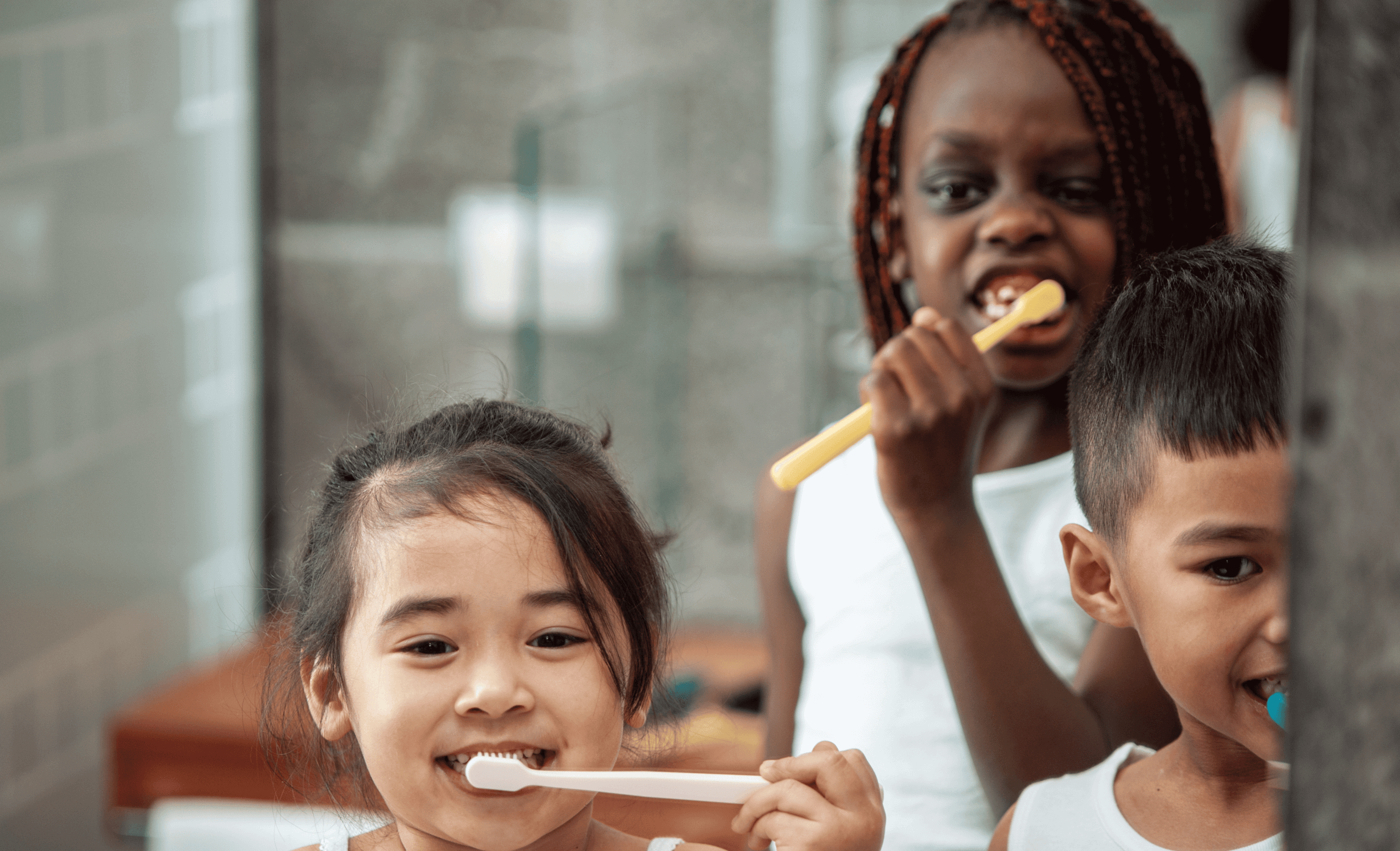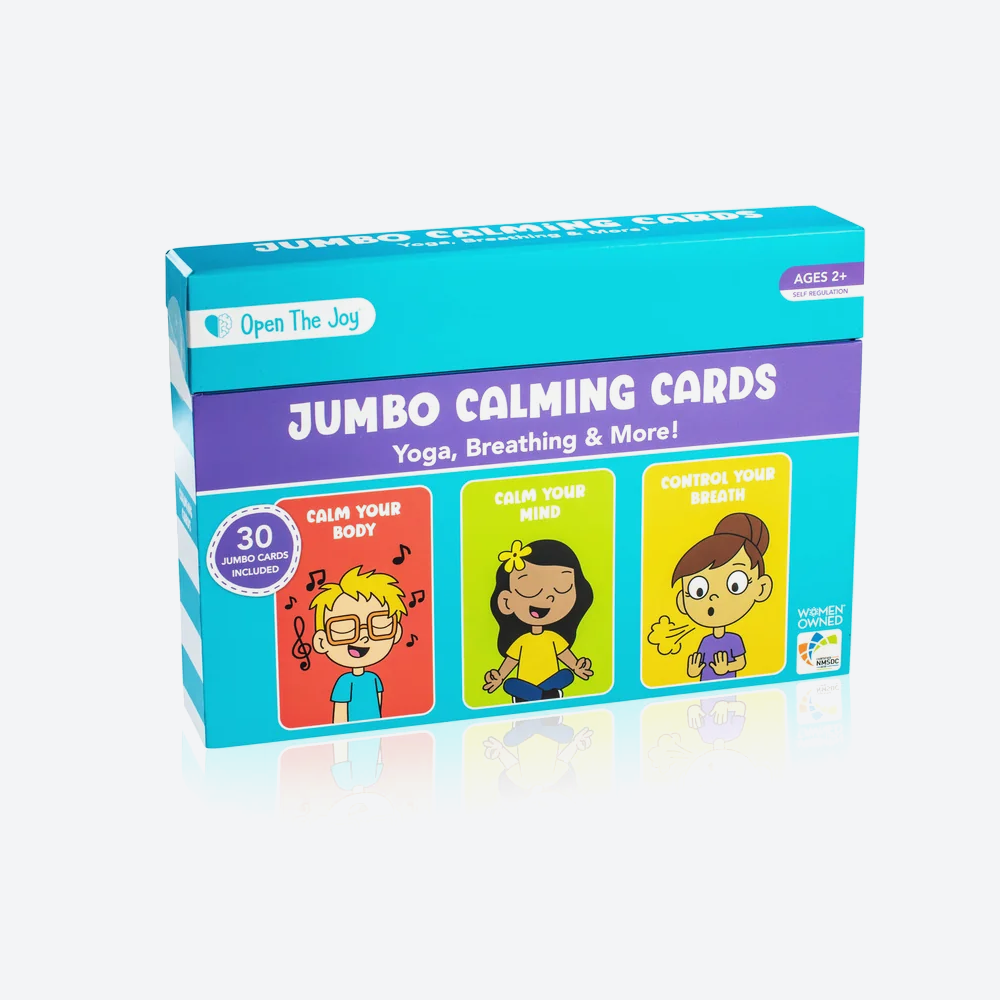Transitions Without Tears: Helping Kids Move Smoothly Through Their Day

Transitions are everywhere in a child’s day. At home, they start with waking up, brushing teeth, getting dressed, and eating breakfast. At school, they continue with arrivals, circle time, snack, clean-up, outdoor play, naptime, and more. If you add them all up, most children navigate ten to fifteen transitions every single day. Yet despite being so common, transitions often don’t get the attention they deserve. For some children, shifting from one activity to another comes naturally. For others, it can lead to stress, resistance, or even meltdowns. The good news is that with a little planning, structure, and creativity, transitions can become smoother, and even joyful moments in the day. Whether you are a parent at home or a teacher in the classroom, there are simple strategies that can make a world of difference.
Why Transitions Matter
Transitions set the rhythm of a child’s day. When handled well, they provide security and predictability, give children opportunities to practice independence, and strengthen their ability to regulate emotions. When handled poorly, they can feel chaotic, leaving children anxious, resistant, or overwhelmed. That’s why planning ahead is so important.
The Power of Visual Schedules
Children feel more secure when they know what’s coming next. A visual schedule can turn a potential power struggle into a moment of clarity. At home, a simple chart might show the morning routine of waking up, brushing teeth, eating breakfast, and getting ready for school. In the classroom, picture-based schedules let children see the flow of their day: circle time, learning centers, outdoor play, lunch, so transitions don’t feel like surprises.
Making Transitions Interactive
Transitions work best when children are part of the process rather than passive participants. Small gestures such as ringing a bell, clapping a rhythm, or winding a music box can signal a shift in a way that feels fun and inviting. Giving children responsibilities like wiping a table, stacking chairs, or helping to lead a short song or movement turns transition time into an opportunity for leadership and independence.
Designing Child-Friendly Spaces
The environment plays a huge role in how children handle transitions. Even toddlers want to be part of daily routines, not just observers. When the space is designed with them in mind, transitions naturally run more smoothly. Low hooks for coats, child-height shoe racks, a kitchen cabinet stocked with plates and cups they can reach, or classroom supplies placed within easy access all give children the tools to manage routines with confidence.
Using Calming Tools
Of course, even the best structure won’t eliminate every challenge. Some transitions are simply harder than others, and that’s when calming strategies are essential. Open the Joy’s Jumbo Calming Cards are designed with these moments in mind. Each card includes a simple “Let’s Do” activity, a “Let’s Talk” prompt that helps build emotional vocabulary, and a parent or teacher tip for guidance. Because they are short, clear, and easy to follow, they fit seamlessly into “gotta go, gotta move” moments, helping children settle their emotions and refocus their attention.
Creating Rhythm and Routine
Above all, children flourish with rhythm and routine. When transitions are predictable, when signals are clear, and when children are given meaningful roles, these shifts in the day stop feeling like interruptions. Instead, they become natural bridges guiding children from one activity to the next.
With preparation, creativity, and calm, parents and teachers can turn everyday transitions into opportunities for growth, independence, and connection. And when handled well, transitions don’t just move children through their day; they help them move forward with confidence and joy.
Transitions don’t have to be stressful. With the right strategies, they can become moments of calm, connection, and growth.




